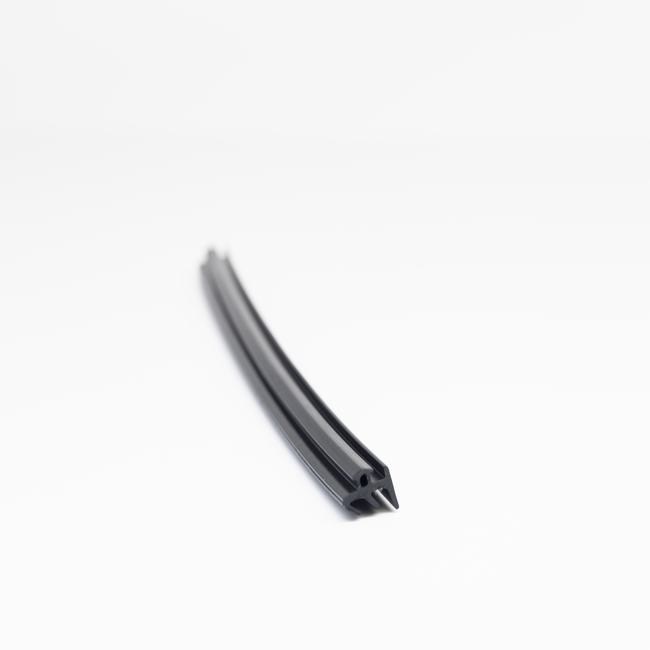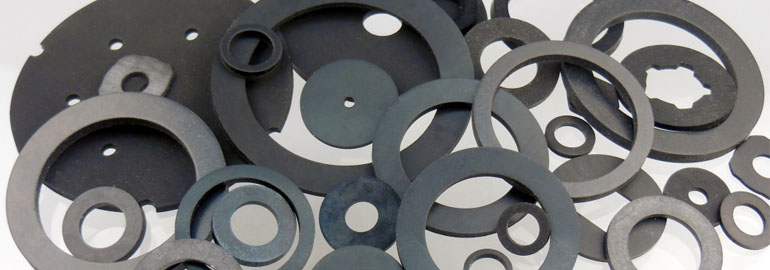Garage door seals, also known as weatherstripping or garage door gaskets, are essential components designed to provide a tight seal between the garage door and the surrounding structure. These seals play a crucial role in maintaining the integrity of your garage by preventing the entry of outdoor elements such as rain, snow, dust, insects, and cold or hot air. Garage door seals are available in various styles and materials to suit different garage door types and climates. Here are key aspects of garage door seals:
Types of Garage Door Seals:
- Bottom Seal: This is one of the most common types of garage door seals. It is attached to the bottom edge of the garage door and creates a barrier between the door and the garage floor when the door is closed.
- Side Seals: Side seals, also known as garage door jamb seals or astragal seals, are installed on the sides of the garage door to seal gaps between the door and the door frame.
- Top Seal: The top seal, or header seal, is typically installed at the top of the garage door to seal any gaps between the door and the top of the opening.
- Threshold Seal: Threshold seals are placed on the garage floor at the entrance to the garage. They create a barrier that prevents water, leaves, and other debris from flowing into the garage.
Materials:
Garage door seals are available in different materials, each with specific advantages:
- Rubber: Rubber seals are durable and provide good flexibility for sealing gaps effectively. EPDM rubber is commonly used for its resistance to weather and UV exposure.
- Vinyl: Vinyl seals are cost-effective and easy to install. They provide good weather resistance and are available in various shapes and sizes.
- Neoprene: Neoprene seals offer excellent resistance to extreme temperatures, making them suitable for areas with harsh weather conditions.
- Silicone: Silicone seals provide outstanding flexibility and durability. They are resistant to extreme temperatures and UV radiation.
Functions:
The primary functions of garage door seals include:
- Weather Protection: Garage door seals prevent rain, snow, wind, and other outdoor elements from entering the garage, keeping the interior clean and dry.
- Energy Efficiency: A properly sealed garage door helps maintain a more consistent temperature inside the garage, which can lead to energy savings if the garage is attached to the home.
- Pest Prevention: Seals help keep insects and rodents out of the garage, reducing the risk of infestations.
- Noise Reduction: Some garage door seals have soundproofing properties, reducing the transmission of noise from outside or inside the garage.
Installation:
Installing garage door seals is typically a straightforward process:
- Clean the Surface: Ensure that the surfaces where the seals will be attached are clean and free of dirt, debris, and grease.
- Measure and Cut: Measure the length of the seal needed for each side and cut it to the appropriate size using scissors or a utility knife.
- Attach the Seals: Use adhesive or screws to attach the seals to the designated areas on the garage door and frame.
- Test the Seal: Close the garage door to check for proper sealing. Adjust the seals if necessary to ensure a tight fit.
Maintenance:
To ensure the continued effectiveness of garage door seals, periodic maintenance is essential. This includes inspecting for wear and tear, cleaning the seals, and replacing them if they become damaged or lose their sealing properties.
In summary, garage door seals are vital components for protecting your garage and its contents from the elements, pests, and noise. Choosing the right type and material of seal for your specific garage door and climate conditions is crucial. Proper installation and regular maintenance will help extend the life and effectiveness of garage door seals.






